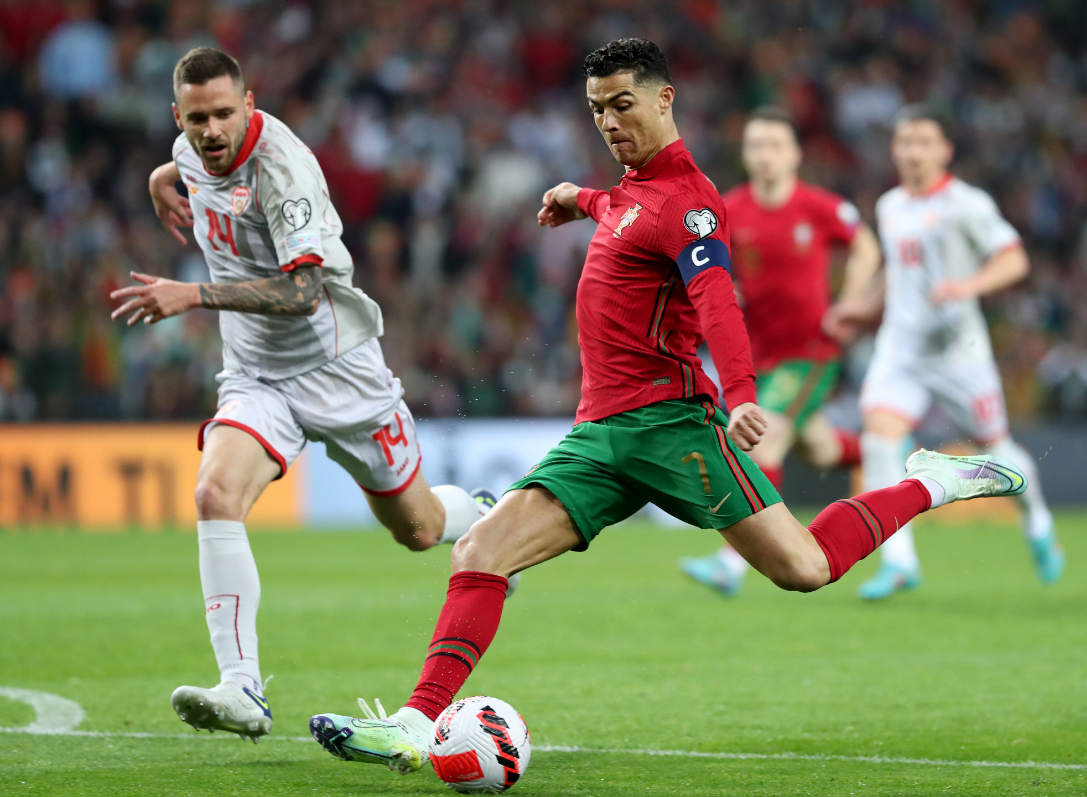
The World Cup is the trophy of the football World Cup, which is the symbol of the highest honor in the football world.
The Hercules Cup looks like two Hercules holding up the earth and is called the "Hercules Golden Cup". The lines leap from the base and spiral up to the top of the earth, and in this dynamic, compact cup body, carved out the images of two victorious athletes. It is 36.8 cm tall and weighs 6.175 kg, including 4.97 kg of 18K gold cast, and the base is set with two rings of dark green malachite.
The World Cup has had two trophies since 1930, "Rimet Cup" and "Hercules Cup".
From the first edition in 1930 to the 9th edition in 1970, the trophy used was the Rimet Cup. Before the first World Cup in 1930, the French sculptor Abel Lafleur designed the shape of the Rimet Cup, which is a trophy held on an octagon marble base, and the main body is the image of the Greek goddess of victory Nikai, who wears a long dress and spreads her unique wings. He held up a large cup with both hands, symbolizing victory and honor.
The trophy is made of sterling silver with gold inlaid on the outside. It is 35 centimeters high and weighs about 3.8 kilograms. Each side of the base is inlaid with a gold medal, which is used to inscribe the name of the champion army.The original name of the Rimet Cup is the World Cup, in 1950, in order to honor the president of FIFA Rimet founded this competition, this trophy was named "Rimet Cup". According to the rules, the first team to win the World Cup three times will be allowed to retain the Jules Rimet Cup permanently, which Brazil did in 1970.
The fate of the Rimet Cup has been bumpy and full of legends. During the Second World War, the trophy was "missing", and it was eventually found that FIFA vice president Barassi hid it in a shoebox under his bed, which saved it from falling into the hands of occupying forces.
In March 1966, during a pre-World Cup tour of the United Kingdom, the Remi Gold Cup was stolen from the Methodist Central Hall in Westminster, London, and the local police conducted a nationwide search for the Remi Gold Cup, which was found a week later by a dog named "Pickles" under a bush in south London. The dog's owner was rewarded with £30,000 and Pickles was rewarded with a meat bone.
For security reasons, the English Football Association secretly produced a replica to be used in post-match celebrations. Copies were used until 1970. It was sold to FIFA for £254,500 at an auction in 1997. As the price was several times higher than the reserve price of £20,000- £30,000, there was widespread speculation about whether it was the original, but FIFA's subsequent verification showed that the gold cup was indeed a replica.
In 1983, the Rimet Cup, already in permanent possession of Brazil, went missing for the third time, it was stolen in Rio de Janeiro, this time, it did not survive and is still missing. It is believed that the Remi Cup may have been melted down into gold and sold. The Brazilians were given the right to keep the Rimet Cup in perpetuity, but were unable to make it permanent. Later, the Brazilian Football Federation made a replica as compensation.
Brazil kept the Rimet Cup permanently, so FIFA needed to create a new trophy for the 1974 World Cup. In 1971, out of a total of 53 works from seven countries, the idea of Italian sculptor Silvio Gazzaniga was chosen, and thus the "Hercules Cup", which symbolizes the highest honor in football, was born.
In order to avoid the trophy being "monopolized" by one country, FIFA stipulates that the "World Cup" will not be owned by any country, no matter how many times the national team has won the World Cup. However, the winning national team will receive a replica of the World Cup, and the original will be owned by FIFA.
Of course, the "service" of the World Cup is not indefinite, in its trophy base, a total of 17 World Cup winners from 1974 to 2038 can be engraved with the name of the country, no accident, after the 2038 World Cup, it will be replaced by a new trophy.
Describing the image of the trophy, designer Gazzaniga said: "The line extends upward from the base, rising in a spiral curve, and the image of the two athletes also emerges, reaching up and spreading their bodies, lifting the whole earth, which is a symbol of brightness and glory."
On the base of the trophy, the name of the winning team from 1974 is engraved on it, and the trophy has enough space to accommodate all the names of the winning teams until 2038.
The original cost of the trophy was about $50,000, and its estimate was $10 million. Regarding the name of this trophy, the official name is "FIFA World Cup trophy", but according to the image of two athletes holding up the earth, many people are used to calling it "the World Cup".
Similarly, the Rimet Cup used before 1974, because of its image of the Greek goddess of victory Nikai, also has the nickname "Goddess cup".
In July 2014, Germany crashed the World Cup in the title celebration after winning the world championship. It is not known which player was so careless that there was a small gap in the body of the World Cup.
German Football Association (DFB) president Niersbach confirmed the news: "There is a gap in the trophy, but we have nothing to worry about, we have called experts to repair it."

